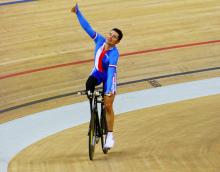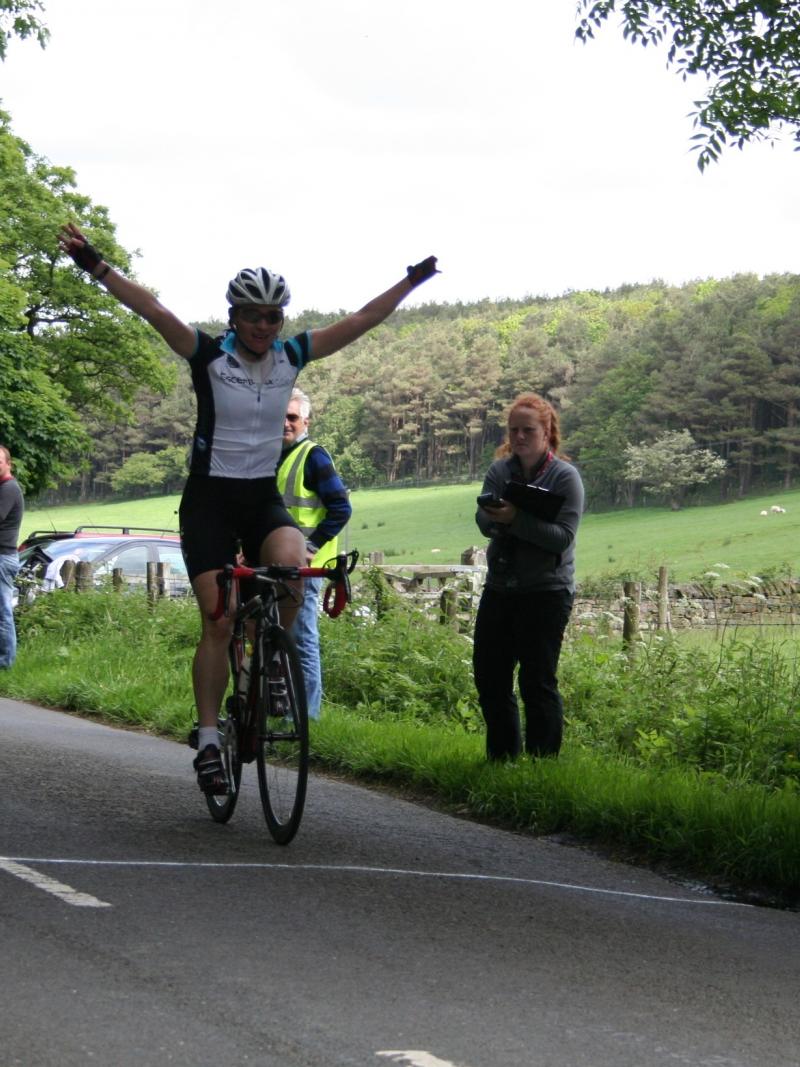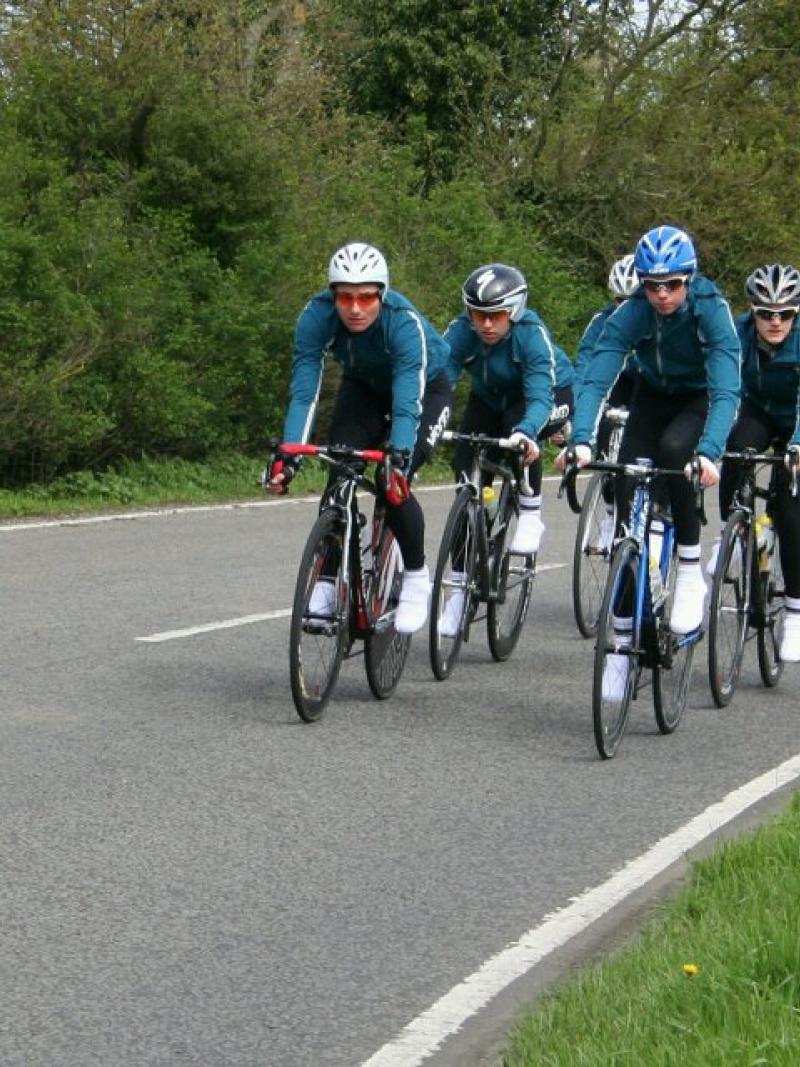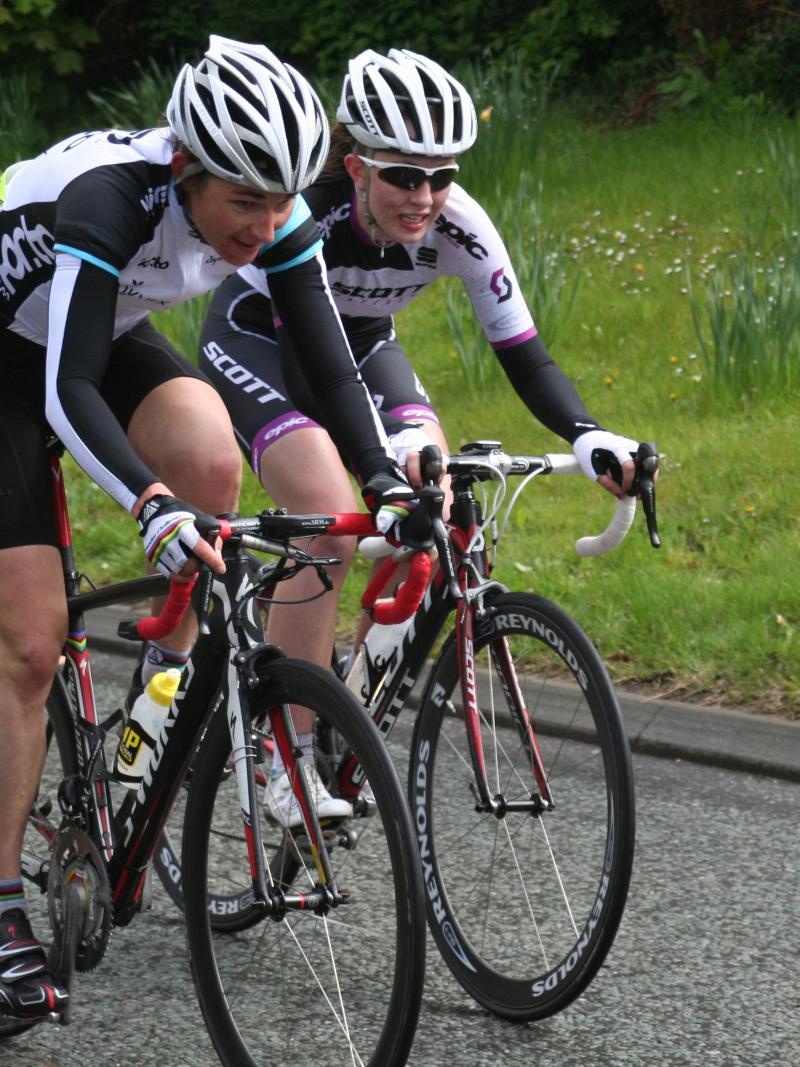Para-Cycling: 12 Facts for London 2012
Here’s a list of 12 interesting things you should know about Para-Cycling at the London 2012 Paralympic Games. 17 Jul 2012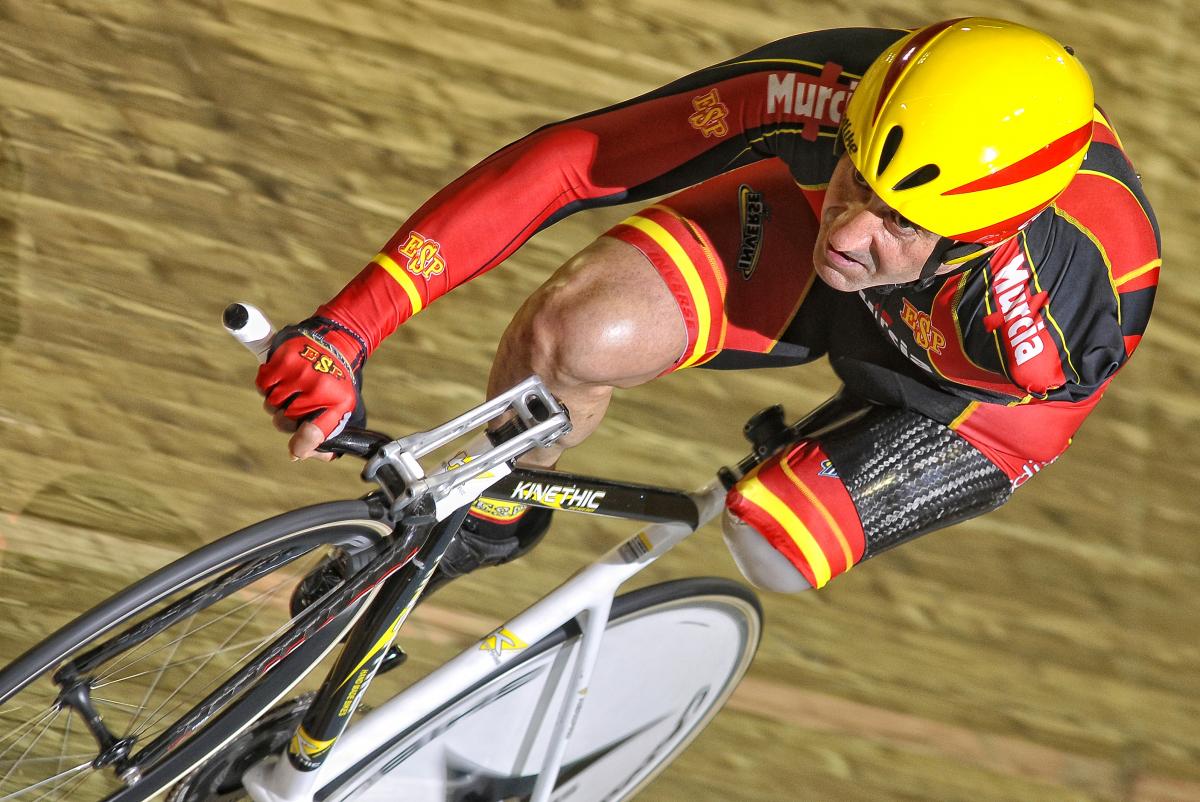
Juan Jose Mendez is starring in the advertising campaign "Our champions".
After Athletics and Swimming, Para-Cycling today is the third biggest sport on the Paralympic Games programme in terms of medal events.
1. Who, what, when?
There will be 225 para-cyclists competing across the track and road disciplines at the Paralympic Games. The 18 track events will take place from 30 August – 2 September and the 32 road events will take place from 5-8 September. The competition programme includes sprints, individual pursuits, time trials, road races and road time trials for both individuals and teams.
2. Where’s the track?
All track events will be held at the Velodrome inside the Olympic Park, which has a roof designed to collect rainwater that will reduce water usage by more than 70 per cent. The venue has capacity for 6,000 spectators, and the track is banked from 12 degrees at its shallowest point to 42 degrees at its steepest point.
3. Where’s the road?
Brands Hatch, an internationally renowned motor-racing circuit in Kent, will play host to the road events. Nearly 25 per cent of the course is uphill, and it has been made suitable and challenging for a wide variety of impairment groups.
4. History
Track cycling made its Paralympic debut at the Atlanta 1996 Games, while road events were introduced as a Paralympic sport at the Stoke Mandeville/New York 1984 Games.
5. Did you know?
After Athletics and Swimming, Para-Cycling today is the third biggest sport on the Paralympic Games programme in terms of medal events.
6. Classification
Para-cyclists are classified according to their functional ability, resulting in four different classes. The C1-C5 classes are for athletes who can use a bicycle with a few modifications, those in the B class are visually impaired and ride a tandem with a pilot, H1-H4 athletes use a handcycle and T1-T2 athletes use a tricycle. The last two classes are for road events only.
7. Competition format – track
On the track, the tandem sprint race is between two riders at a time over six laps of the track with knockout rounds. In the individual pursuit, two opposing riders start on either side of the track, and the winner is the rider who either catches the other or records the fastest time over the full distance. For the time trials, athletes race alone and the fastest time wins gold.
8. Competition format – road
The men’s and women’s road race and team events are straight finals, while in the time trials athletes start at 60-second intervals. The team relay events will be conducted as mass start events on a looped course.
9. Safety First
Para-cyclists must wear protective helmets, the colour of which reflects their classification.
10. Breaking the rules
Riders can be disqualified for slowing down for too long in the sprint or ignoring the red flag in the pursuit.
11. Ones to Watch
• Sarah Storey (Great Britain): Storey has won 23 gold medals, 16 world titles and has competed in seven Paralympic Games across two sports. Need we say more?
• Jiri Jezek (Czech Republic): He could become the most decorated para-cyclist of all-time with another medal at London 2012, where he will try to better his four-medal performance from Beijing 2008.
12. Beijing 2008
At the Beijing 2008 Games, Great Britain topped the Para-Cycling medal charts with 17 gold and 20 overall medals. USA finished second, followed by Germany and Australia.

 Facebook
Facebook
 Instagram
Instagram
 Twitter
Twitter
 Youtube
Youtube
 TikTok
TikTok
 Newsletter Subscribe
Newsletter Subscribe


